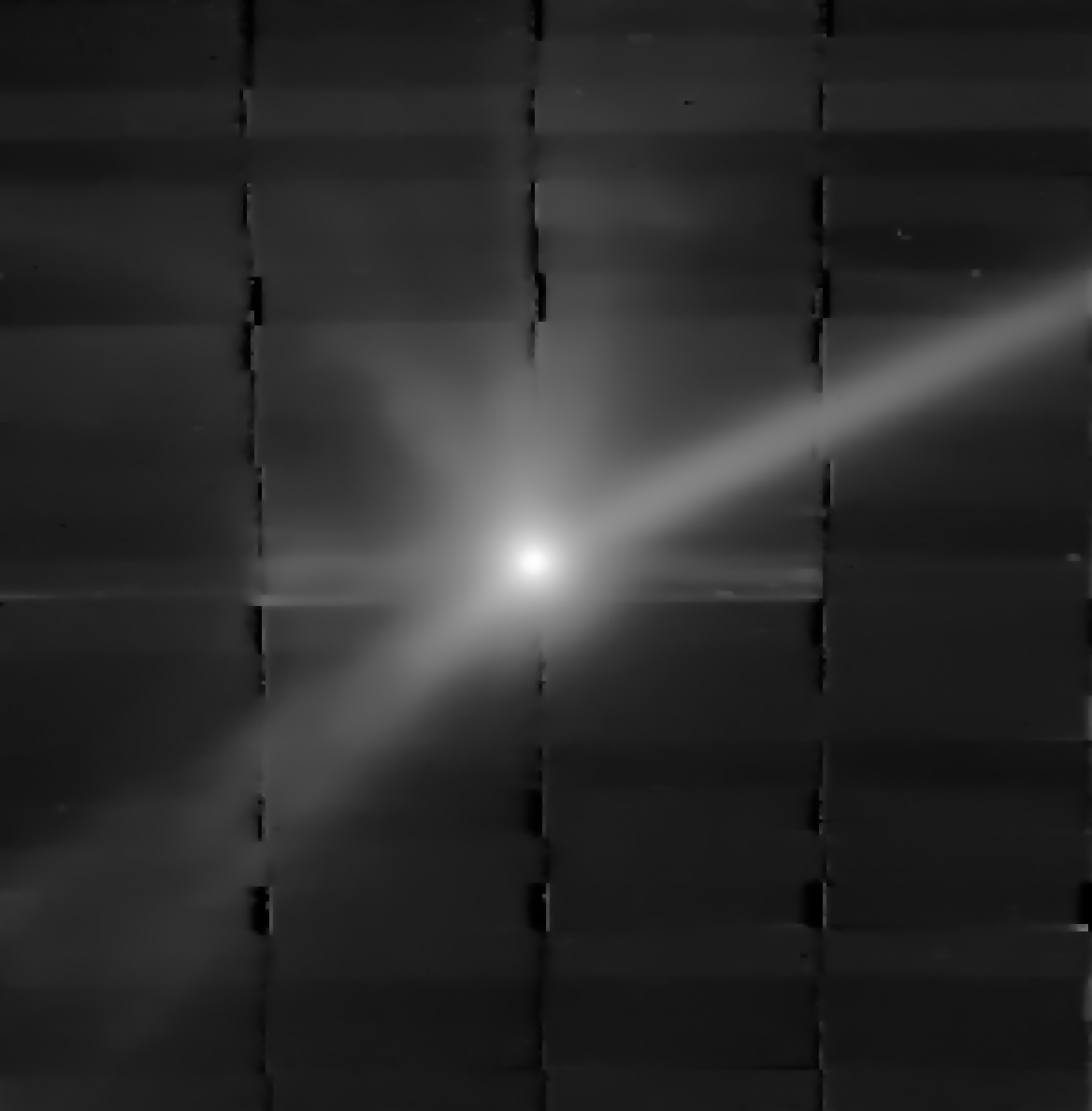by VictorBorun » Sun Oct 02, 2022 3:00 pm
Chris Peterson wrote: ↑Sun Oct 02, 2022 1:43 pm
ErikTheWise wrote: ↑Sun Oct 02, 2022 12:07 pm
No problem. All that is needed is to violate Conservation of Momentum. And yes, that's sarcasm.
Well, yes, that would work. But it's not hard to see momentum conserved in situations like this. The mass of the remnant is much greater, so its motion is much slower (and harder to detect). I think that lack of understanding here is in why some supernovas are so highly asymmetric in the way the explode. That an asymmetric explosion can lead to this outcome is not hard to understand.
there are 2 poles of the maximum brightness of the shell of the SNR, one directly under the 1000 km/s cannonball pulsar neutron star.
So there is a symmetry to the SN explosion.
There may be even a second cannonball, twice the mass and 500 km/s the speed, aproaching the other pole of the shell from inside and going to become visible soon. If so, the third mass may well stay in the center of the shell.
By the way, do we know any candidate remnant dwarf stars near the center of the shell?
Now if you want to wonder at a complex conservation of an impact momentum, look at Dimorphous' ejecta
in radiowaves:

The impact momentum's direction is 5 o'clock, the bisector of the two longest jets
Could the SN in this APOD be caused by an impact with a cannonball, I wonder
[quote="Chris Peterson" post_id=326235 time=1664718199 user_id=117706]
[quote=ErikTheWise post_id=326234 time=1664712424]
No problem. All that is needed is to violate Conservation of Momentum. And yes, that's sarcasm.
[/quote]
Well, yes, that would work. But it's not hard to see momentum conserved in situations like this. The mass of the remnant is much greater, so its motion is much slower (and harder to detect). I think that lack of understanding here is in why some supernovas are so highly asymmetric in the way the explode. That an asymmetric explosion can lead to this outcome is not hard to understand.
[/quote]
there are 2 poles of the maximum brightness of the shell of the SNR, one directly under the 1000 km/s cannonball pulsar neutron star.
So there is a symmetry to the SN explosion.
There may be even a second cannonball, twice the mass and 500 km/s the speed, aproaching the other pole of the shell from inside and going to become visible soon. If so, the third mass may well stay in the center of the shell.
By the way, do we know any candidate remnant dwarf stars near the center of the shell?
Now if you want to wonder at a complex conservation of an impact momentum, look at Dimorphous' ejecta [url="https://twitter.com/ESO/status/1575901293109215234/photo/1"]in radiowaves[/url]:
[img]https://pbs.twimg.com/media/Fd65zSiXgAMVxLR?format=jpg&name=medium[/img]
The impact momentum's direction is 5 o'clock, the bisector of the two longest jets
Could the SN in this APOD be caused by an impact with a cannonball, I wonder